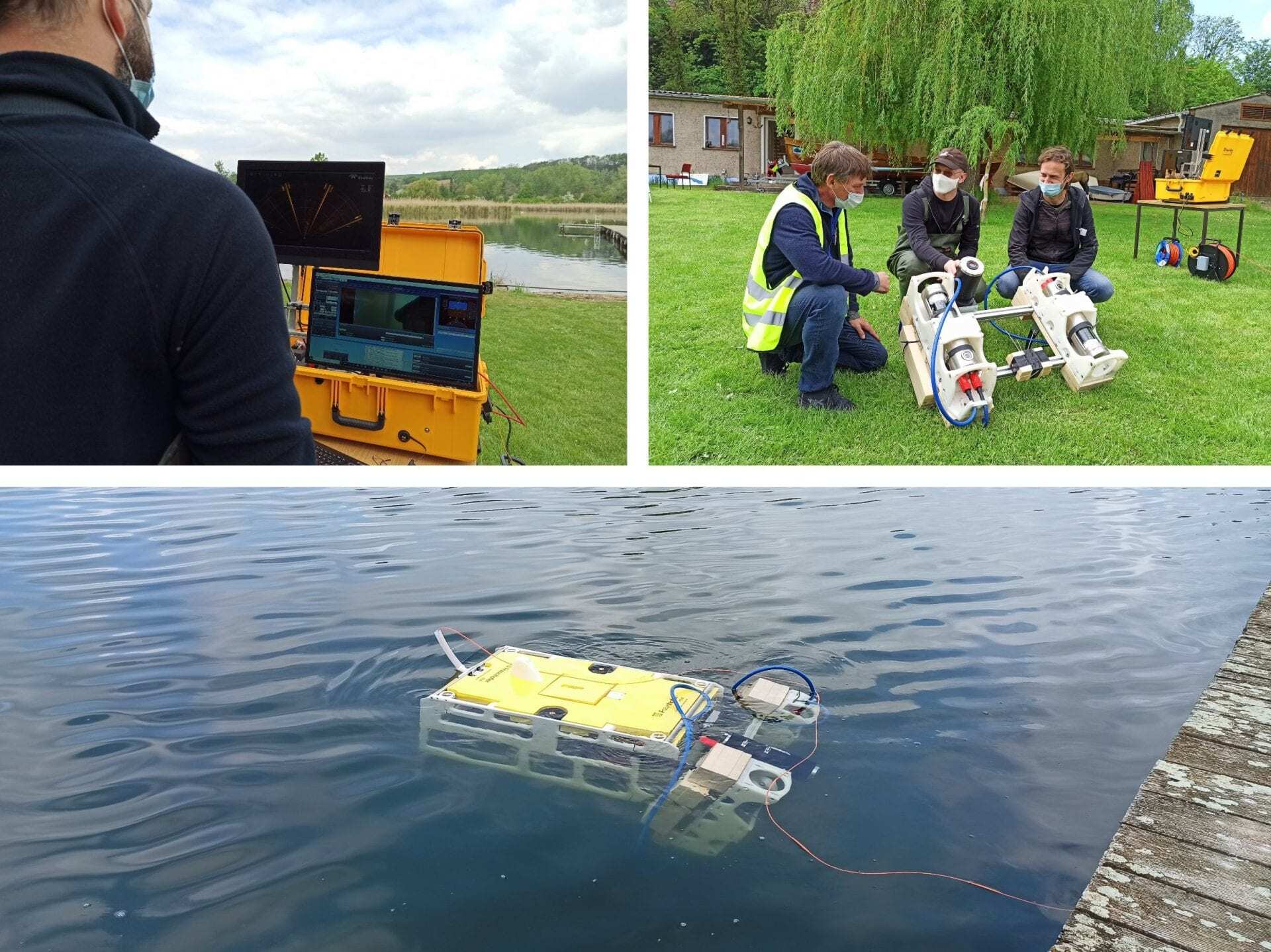Archaeologists in Germany are using a pioneering new 3D underwater laser to explore a 3000-year-old bronze age burial site and a medieval settlement from the 11th to 15th centuries.
The remains are submerged in the salty waters of the Süßer See (translated as “sweet lake”), located in the district of Mansfeld-Südharz in Saxony-Anhalt , Germany.
Previous research at Süßer in 2018 discovered the Bronze Age burial site comprising of a circular burial mound, along with a submerged wooden pathway and the later medieval settlement that was probably flooded around the 15th century. The salty lake was formed due to the natural leaching of rock salt in the subsoil and localised subsidence.
The underwater survey is a pilot project by the State Office for Monument Conservation and Archaeology, in collaboration with a technical team from Kraken robotics.
Underwater archaeologist and excavation director Sven Thomas said: ” With the new device, not only individual buildings, but complete structures can be recorded. The laser measures under water with millimetre precision and produces razor-sharp spatial images. ”
“The laser is mounted on a diving robot and is always used at night because then the technology is at its best,” said Thomas. “If everything goes well, new discovered underwater rock formations should also be measured.”
Header Image Credit : Fraunhofer IOSB AST







